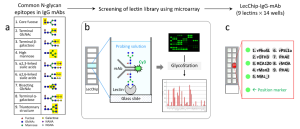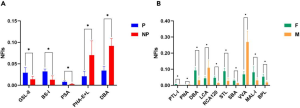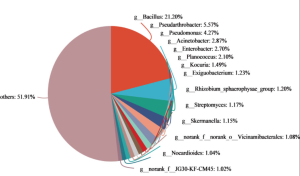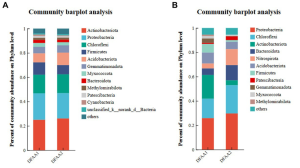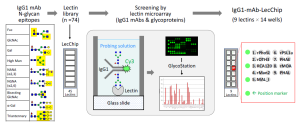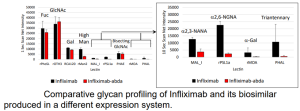VVA Lectin characteristically binds to invasive urothelial carcinomas
A group from Department of Urology, Gifu University Graduate School of Medicine, Gifu, Japan, etc. has reported about characteristic glycan marker in invasive urothelial carcinomas.
https://www.ncbi.nlm.nih.gov/pmc/articles/PMC10806140/
The study found that a specific lectin, VVL, was present in cases of invasive urothelial carcinoma and its variant components. More intense VVL staining was observed with invasive or muscle invasive urothelial carcinomas and urothelial carcinomas with variant components than that in non-invasive urothelial carcinomas
VVL recognizes the GalNAc residue linked to serine or threonine in a polypeptide Tn antigen. Other glycan structures, such as Galβ1,3GalNAc-α-Ser/Thr (T antigen) and GlcNAcα1,6-GalNAc-α-Ser/Thr, including terminal α1,4- and β1,4-linked GalNAc, were also recognized by VVL, but with a weaker affinity.
VVA will have the potential to serve as a promising target for drug delivery in future clinical studies.

